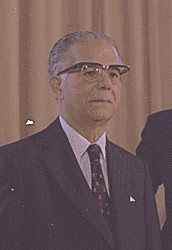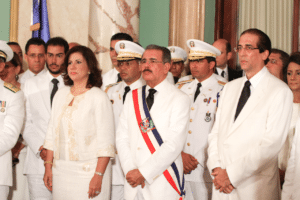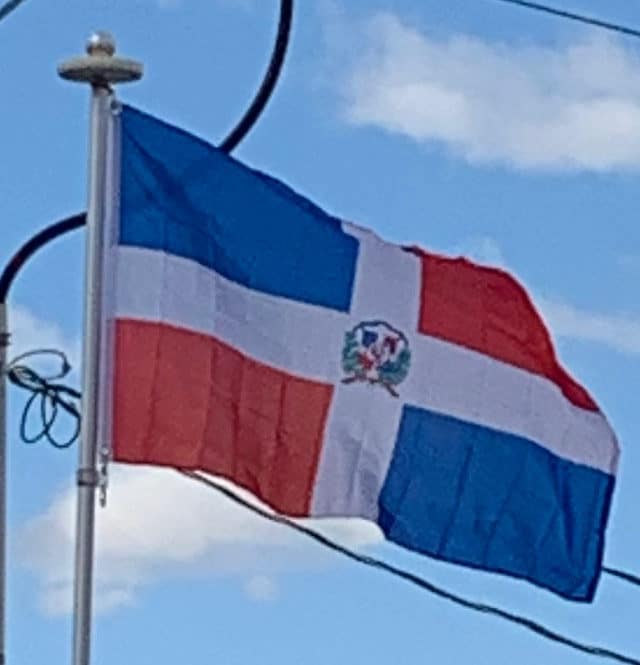The Dominican death toll for the entire period of civil war and occupation totaled more than three thousand, many of them black civilians killed when the US-backed military junta engaged in a campaign of ethnic cleansing in the northern (also the industrial) part of Santo Domingo.
Balaguer remained in power as president for 12 years. His tenure was a period of repression of human rights and civil liberties, ostensibly to keep pro-Castro or pro-communist parties out of power; 11,000 persons were killed. His rule was criticized for a growing disparity between rich and poor. It was, however, praised for an ambitious infrastructure program, which included the construction of large housing projects, sports complexes, theaters, museums, aqueducts, roads, highways, and the massive Columbus Lighthouse, completed in 1992 during a later tenure.

In 1978, Balaguer was succeeded in the presidency by opposition candidate Antonio Guzmán Fernández, of the Dominican Revolutionary Party (PRD). Another PRD win in 1982 followed, under Salvador Jorge Blanco. Under the PRD presidents, the Dominican Republic enjoyed a period of relative freedom and basic human rights.
Balaguer regained the presidency in 1986 and was re-elected in 1990 and 1994, this last time just defeating PRD candidate José Francisco Peña Gómez, a former mayor of Santo Domingo. The 1994 elections were flawed, bringing on international pressure, to which Balaguer responded by scheduling another presidential contest in 1996. Balaguer was not a candidate. The PSRC candidate was his Vice President Jacinto Peynado Garrigosa.
1996–Present:
In the 1996 presidential election, Leonel Fernández achieved the first-ever win for the Dominican Liberation Party (PLD), which Bosch had founded in 1973 after leaving the PRD (which he also had founded). Fernández oversaw a fast-growing economy: growth averaged 7.7% per year, unemployment fell, and there were stable exchange and inflation rates.
In 2000, the PRD’s Hipólito Mejía won the election. This was a time of economic troubles. Mejía was defeated in his re-election effort in 2004 by Leonel Fernández of the PLD. In 2008, Fernández was as elected for a third term. Fernández and the PLD are credited with initiatives that have moved the country forward technologically, such as the construction of the Metro Railway (“El Metro”). On the other hand, his administrations have been accused of corruption.

Danilo Medina of the PLD was elected president in 2012 and re-elected in 2016. On the other hand, a significant increase in crime, government corruption and a weak justice system threaten to overshadow their administrative period.
Geography:
The Dominican Republic comprises the eastern two-thirds of Hispaniola, the second largest island in the Greater Antilles, with the Atlantic Ocean to the north and the Caribbean Sea to the south. It shares the island roughly at a 2:1 ratio with Haiti, the north-to-south (though somewhat irregular) border between the two countries being 234m (376 km). To the north and north-west lie The Bahamas and the Turks and Caicos Islands, and to west, across the Mona Passage, the US Commonwealth of Puerto Rico. The country’s area is reported variously as 48,442 km2 (18,704 sq mi) (by the embassy in the United States) and 48,730 km2 (18,815 sq mi), making it the second largest country in the Antilles, after Cuba. The Dominican Republic’s capital and largest city Santo Domingo is on the southern coast.
